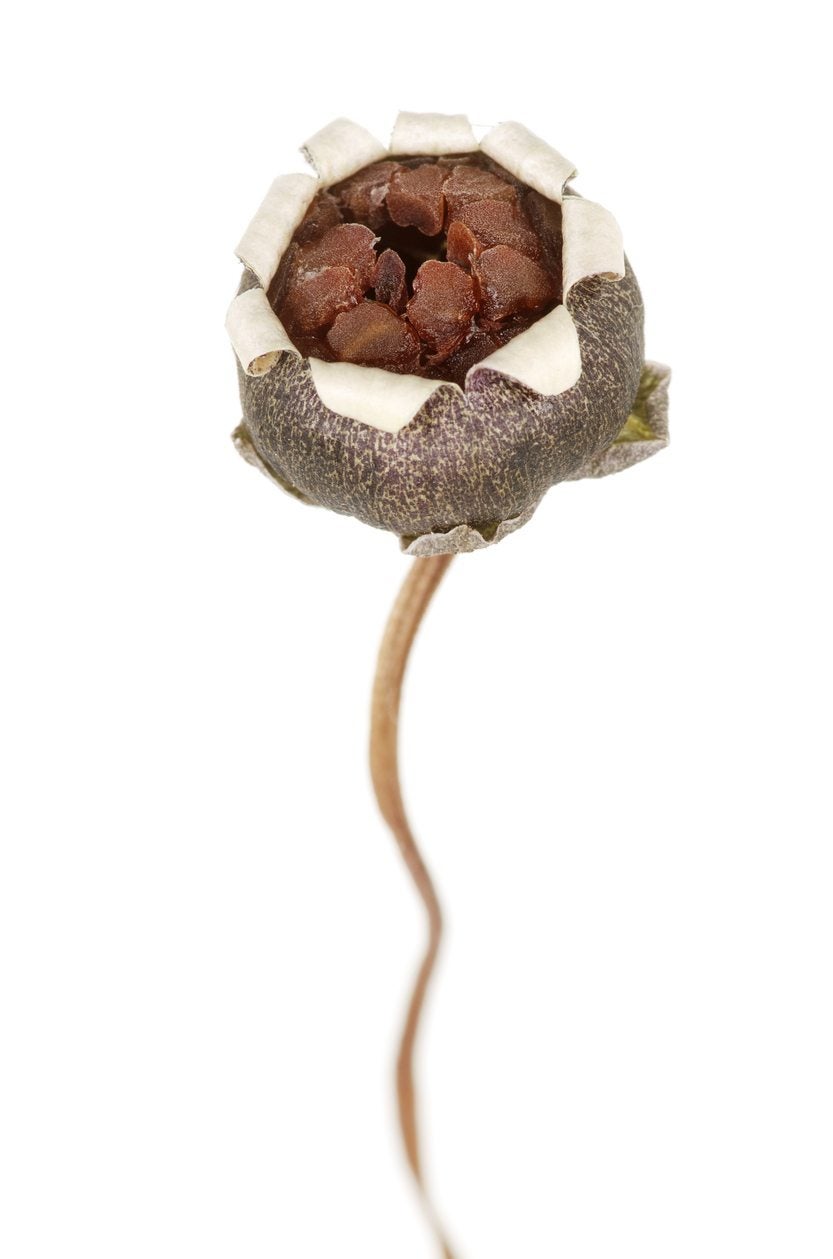Cyclamen Seed Info: Can You Get Seeds From A Cyclamen


There are over twenty species of cyclamen plants grown for their flowers, decorative foliage, and low light requirements. Often sold by florists as flowering houseplants, cyclamen can also be grown outdoors as perennials in many climates. While cyclamen are tuberous plants and usually propagated by dividing, Mother Nature provides all plants with natural propagation methods. If you’ve ever wondered “do cyclamen plants produce seed,” continue reading to learn about the interesting nature of cyclamen plant seeds.
Cyclamen Seed Info
As houseplants, cyclamen are either deadheaded too frequently to produce seed or they just don’t survive long enough. By not deadheading all the cyclamen blooms on florist cyclamen, you can allow viable seed to grow for propagation of new plants. After blooms fade, the flower stems will elongate and curl, spiral, or arch down toward the soil. Some describe these curled stems as looking like snakes. At the end of each stem, a round seed capsule will form. Depending on variety, these seed capsules can hold six to twelve seeds. In the wild, cyclamen plant seeds can self-sow profusely. The way the stems curl or arch down toward the soil is nature’s way of easily depositing the seeds on the ground. When the seed capsules are ripe, they split open on the top and release the seeds. These seeds are coated with a sticky, sugary substance that attracts ants, other insects, birds, and small mammals. The small creatures take the seeds, eat the sugary substance, and then generally leave the seeds. This is nature’s way of propagating new plants away from the parent plants and also scratches up or scarifies the seed.
How Can You Get Seeds from a Cyclamen?
If you are propagating indoor cyclamen plants or wish to propagate new garden cyclamen plants in a specific area, you will need to collect the seeds. In garden plants, this can be done by wrapping pieces of nylon pantyhose around the seed heads before they ripen. Another common method of harvesting seeds is placing paper bags over the seed heads, but cyclamen seeds are small, and this method can be hard to do without damaging them. Collecting cyclamen seeds can also be done by removing the seed capsules before they fully ripen and split open. However, if you harvest them too early, the seed may not be viable. Unripened, developing cyclamen plant seed capsules feel hard and firm as you gently squeeze them between your fingers. As they ripen, they will soften and give a little bit when squeezed. Cyclamen plant seed heads also turn orange-brown as they ripen. When collecting cyclamen plant seeds, be sure to do it when the seed heads are tender and beginning to change color. These seed capsules can be taken indoors to dry and fully ripen. Once the seed capsules split open, cyclamen seeds can be easily squeezed out of the seed head by applying light pressure with your fingers at the bottom of the seed capsule.
Sign up for the Gardening Know How newsletter today and receive a free copy of our e-book "How to Grow Delicious Tomatoes".

Darcy is a former contributor to Gardening Know How. She is a professional landscape designer and gardening writer with experience in plant sales. An avid gardener, Darcy has a passion for sharing practical tips to help others grow.